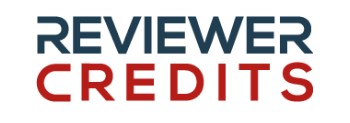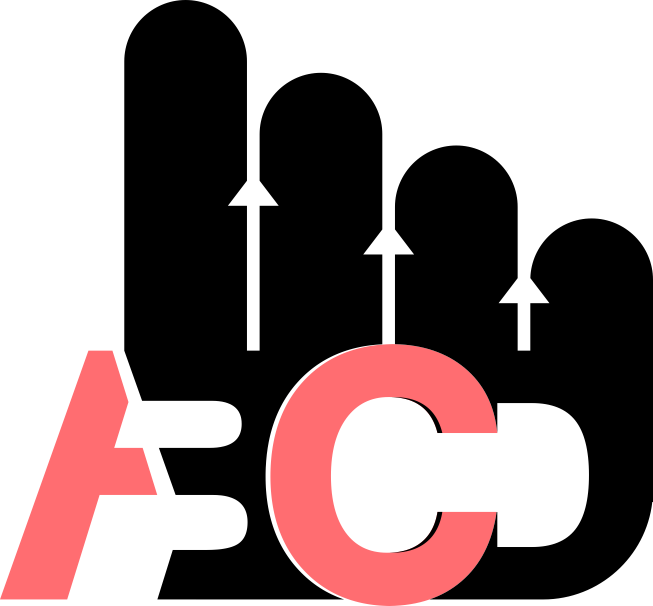Percutaneous Trans-Hepatic Biliary Drainage In Kurdistan Center For Gastroenterology And Hepatology
DOI:
https://doi.org/10.56056/amj.2015.01Keywords:
Cholangiocarcinoma, Obstructive jaundiceAbstract
Background and ObjectivesPercutaneous trans-hepatic biliary drainage (PTBD) is an invasive, effective therapeutic method of relieving benign or malignant biliary obstruction and lifesaving if the patient is septic. Moreover, PTBD is indicated in most conditions, when failed ERCP and/or ERCP are not feasible. Our objective is to investigate the impact and effectiveness of PTBD in the management of obstructive jaundice
Patients and MethodsA Prospective clinical study extended from February 2013- October 2013 and included 32 patients who were referred for PTBD to KCGH in Sulaimania city. All patients were meet inclusion criteria for PTBD. After the procedure, all of them had follow-ups.
ResultsThirty-two patients (19 females and 13 male), with a mean age of 62.25 years were included, with the etiology of the obstructive jaundice being cholangiocarcinoma, pancreatic mass; porta hepatis lymph node, gallbladder carcinoma, and peri ampullary tumor were (44%, 31%, 9.5%, 9.5%, and 6%) respectively. Metallic stent, external - internal catheter and dilatation were inserted in 65.5%, 31.5% and 3% respectively. Intra procedurally 90.6% had pain and post procedurally had pain, bleeding, and cholangitis (64.5%, 3.2%, and 3.2%) respectively. There was a significant difference between the pre, and post procedures of (ALT, AST, ALP, TSB, and Direct Bilirubin), with P values 0.001, 0.003, 0.001, 0.001, and 0.001 respectively.
ConclusionsPTBD is effective, and relatively safe, with the desired outcome in the management of obstructive jaundice when other lines of treatment are not effective or possible
Downloads
References
- Ellas, E., (2011) Jaundice and Cholestasis. Dooley, J.S., Lok, A. S.F., Burrough, A.K., and Heathcote, E.J. Editors. In Sherlock›s Disease of the Liver and Biliary System. 12th Eds. Oxford: Blackwell Publishing Ltd; 2011. P.234-56
- Teixeira, M. C., Mak, M. P., Marques, D. F., Capareli, F., Carnevale, F. C., Moreira, A. M., et al. Percutaneous Transhepatic Biliary Drainage in Patients with Advanced Solid Malignancies: Prognostic Factors and Clinical Outcomes. J Gastrointest Cancer 2013; 44:98- 403.
- Keshava, S.N., and Mammen, S. Percutaneous Placement of Biliary plastic Stent. Indian J Radiol Imaging 2011; 21: 231-33.
- Hunter, D.W. Percutaneous Biliary Intervention. In:
Kandarpa, K. and Machan, L., (2011). Handbook of In- terventional Radiologic procedures. Philadelphia: Lip- pincot Williams & Wilikins.
- Freeny, P.C., and Ball, T.J. Endoscopic Retrograde Cholangiopancreatography (ERCP) and Percutaneous Transhepatic Cholangiography (PTC) in the Evalua- tion of Suspected Pancreatic Carcinoma: A diagnostic limitations and Contemporary Roles. Cancer 1981; S6: 1666-78.
- Saad, W. E., Wallace, M. J., Wojak, J. C., Kundu, S., & Cardella, J. F. Quality improvement guidelines for percutaneous transhepatic cholangiography, biliary drainage, and percutaneous cholecystostomy. J Vasc In- terv Radiol 2010; 21: 789-95.
- Parasher, G., and Lee, J. G. The Role of ERCP in the Pancreatico-Biliary Malignancy. In: Cotton, P.B., Leung, J. Editors. Advanced Digestive Endosocpy: ERCP. 1st Ed. Oxford: Blackwell Publishing; 2005. P.120-41
- Gwon DI, Ko GY, Sung KB, Yoon HK, Kim KA, Kim YJ, et al. Clinical outcomes after percutaneous biliary interventions in patients with malignant biliary obstruction caused by metastatic gastric cancer. Acta Radiologica 2012; 53: 422-29.
- Mohammed Al-Eshaiker,Samia Saffar and Suha Rassam. Percutaneous transhepatic cholangiography.J. Fac.Med.Baghdad 1981; Vol.23, No.1.
- DavidW. Hunter. Percutaneous Biliary Intervensions in:Krishna K.,Lindsay M.editiors.,Handbook of Interventional Radiologic Procedures.4th Eds. Wolters Kluwer, Lippincott Williams, and Wilkins;2011.P.577-589. 11- Masaya Miyazaki, Kei Shibuya, Hiroyuki Tokue and Yoshito Tsushima. Percutaneous transhepatic biliary drainage assisted by real-time virtual sonography: a retrospective study. BMC Gastroenterology 2013; 13:127.
- Fang Y, Gurusamy KS, Wang Q, Davidson BR, Lin H, Xie X, et al. Meta-analysis of randomized clinical trials on safety and efficacy of biliary drainage before surgery for obstructive jaundice. Br J Surg. Nov 2013;100(12):1589-96.
- Stigler S. Fisher and the 5% level. Chance 2008; 21: 12.
- Saluja SS, Gulati M, Garg PK, Pal H, Pal S, Sahni P, Chattopadhyay TK. Endoscopic or percutaneous biliary drainage for gallbladder cancer: a randomized
- Bapaye A., Nachiket Dubale and Advay Aher . Comparison of endosonography-guided vs. percutaneous biliary stenting when papilla is inaccessible for ERCP.United European Gastroenterology Journal 2013; 1(4) 285–293.
- Masahiko Iwasaki, Junji Furuse, Masahiro Yoshi- no, Masaru Konishi, Noriaki Kawano, Taira Kinoshita et al. Percutaneous Transhepatic Biliary Drainage for the Treatment of Obstructive Jaundice Caused by Metastases from Nonbiliary and Nonpancreatic Cancers. Jpn J Clin Oncol1996; 26: 465-468,.
- Liu, F., Zhang, C. Q., Wang, G. C., Liu, F. L., Xu,
H. W., Xu, L., et al. Percutaneous Biliary Stent Place- ment in Palliation of Malignant Bile Duct Obstruction. Gastroentero Research 2009; 2: 289-94.
- Par?ldar Zuhal, Celal Ç?nar, Burcu Barutçuo?lu, Güne? Ba?ol, Mustafa Par?ldar. Effects of percutaneous transhepatic biliary drainage on renal function in patients with obstructive jaundice. Diagn Interv Radiol 2011; 17:74–79.
- Saad E.Wael, Michael J. Wallace, Joan C. Wojak,
, Sanjoy Kundu, , and John F. Cardella, . Quality Im- provement Guidelines for Percutaneous Transhepatic Cholangiography, Biliary Drainage, and Percutaneous Cholecystostomy. J Vasc Interv Radiol 2010; 21:789
–795.
- Teixeira, M. C., Mak, M. P., Marques, D. F., Capareli, F., Carnevale, F. C., Moreira, A. M., et al. Percutaneous Transhepatic Biliary Drainage in Patients with Advanced Solid Malignancies: Prognostic Factors and Clinical Outcomes. J Gastrointest Cancer 2013; 44:98- 403.
- George E. Lynskey, Filip Banovac, and Thomas Chang. Vascular Complications Associated with Percutaneous Biliary Drainage: A Report of Three Cas- es. Seminars In Interventional Radiology/Volume 24, Number 3 2007.
- Inal, M., Akgül, E., Aksungur, E., & Seydaolu, G. Percutaneous placement of biliary metallic stents in patients with malignant hilar obstruction: unilobar versus bilobar drainage. J Vasc Interv Radiol 2003; 14: 1409-
Downloads
Published
Issue
Section
License
Copyright (c) 2022 Taha Ahmed Al-Karbuli, Naser Abdullah Mohammed, Abdullah Saeed Ibrahim, Muhsin Abubakir Mohammed

This work is licensed under a Creative Commons Attribution-NonCommercial-ShareAlike 4.0 International License.
The copyright on any article published in AMJ (The Scientific Journal of Kurdistan Higher Council of Medical Specialties )is retained by the author(s) in agreement with the Creative Commons Attribution Non-Commercial ShareAlike License (CC BY-NC-SA 4.0)













